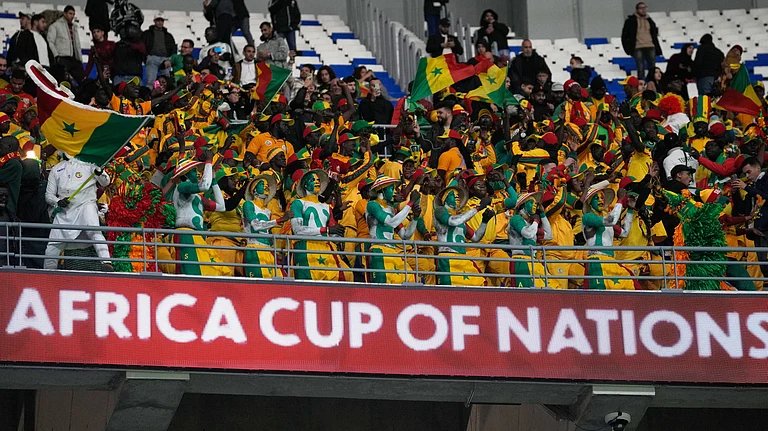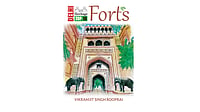North Calcutta—a place of jostling alleyways and people and tall, crumbling houses inhabited by squabbling families and divided by the whims of inheritance. Add to this the explosion of the Naxalbari revolution—with its fulcrum in the city on College Street, also in North Calcutta—which steadily infiltrated the homes of the middle class, depriving them of young, many bright, men. Neel Mukherjee stays away from the landed zamindari backgrounds and turns instead to business families, those directly affected by trade unionism and the steadily growing grip of Communism on West Bengal. For Bengalis, the family Mukherjee describes in The Lives of Others and the minutiae of their lives, except for some gross aspects, is very identifiable. The girl tiptoeing up to braid her hair on the terrace in the early evening, secure in the knowledge that a young man on the opposite terrace will be eyeing her, was an inextricable part of growing up in the city.
The life of the middle-class Bengali has been documented time and time again in the novels of Sunil Gangopadhyay, Shankar and other stalwarts of Bengali literature. However, very few English novels have delved into this territory, preferring to confine themselves to the more romantic zamindari households and poetic princes-turned-Marxist rebels. Or, at a Jhumpa Lahiri level, skimmed the surface without plumbing the depths.
Mukherjee’s multi-storeyed house breeds different kinds of rebellion. Chhaya and Priyo, the brother and sister, resent their fair-skinned brother whom they feel is unjustly favoured while, with dark pelts, they are driven to be vicious—actually subverting the case for dark skins somewhat. The poor relatives, who are grateful for leftovers from the lavish tables upstairs. Adinath, Prafullanath’s eldest son, wants to be an engineer but is forced into the family business, which he regards with listless aversion. There is an enormous cast of characters, and with the web of relationships and the seething mass of family politics, they cause a certain amount of confusion. But then, The Lives of Others is certainly a portmanteau novel, glossary and all.
However, the book isn’t all urban middle class. There are two other aspects to Neel Mukherjee’s novel, the extreme poverty of the share-croppers forced to till the land to earn a living and exploited by landowners and politicians alike, and the paucity of funds in a business affected by trade unionism. Both types of poverty are real, though Naxalites would not have exactly thought bourgeois poverty very worthy of recognition.
Mukherjee doesn’t take sides—he shows both points of view. The starving peasants in the farmlands nibble raw paddy because they have no money for other food while Supratik, the runaway idealist, having lectured his mother on the quantities they eat at home, cannot force himself to eat peasant food. He writes about his experiences in a series of journals, quite unlike the brief postcards that he sends home through the underground. The result is that his mother, in the best traditions of Naxalite mothers in Bengali literature and film, collapses, unable to bear the weight of her son’s departure.
Along the side are silks and rags, mounds of rice and empty leaf platters. Mukherjee sketches the details adroitly, the streets of North Calcutta, puja pandals and their strings of light, the cold nights in the country with the sky above the shorn paddy-fields and the welcome coming of the rains to the red earth. He instructs us in the use of the sickle and seems to have, for this purpose, experimented with the gathering of sheaves that leave a thousand cuts on the palm.
Violence and torture are constant undercurrents in the narrative—and the tone for the book is set by the opening pages. We expect no light at the end of the dark tunnel and our expectations are fulfilled. Detonations of torture, fevered sex and fretful poetry are punctuated by all kinds of confrontations, petty or otherwise. Few of the characters are likeable.
That Mukherjee is aware of what he is doing is obvious—there’s a tongue-in-cheek passage in the book, about a would-be writer reading out a story to the editorial body of a Bengali little magazine. The writer’s audience comments that what has been written is nothing remarkable, just the facts of everyday life. The editor advises them to wait for the twist at the end. The Lives of Others is filled with painful twists. Its inclusion in the Booker prize longlist is richly deserved.


























